British law does not currently require road users to equip their cars with winter tyres during the winter months. However, many European countries have made the use of winter tyres compulsory, either countrywide or regionally, while others strongly recommend their fitment during the winter months.
So if you are planning a road trip into mainland Europe between November and April, it is vital that you research the legal requirements of each country you pass through.
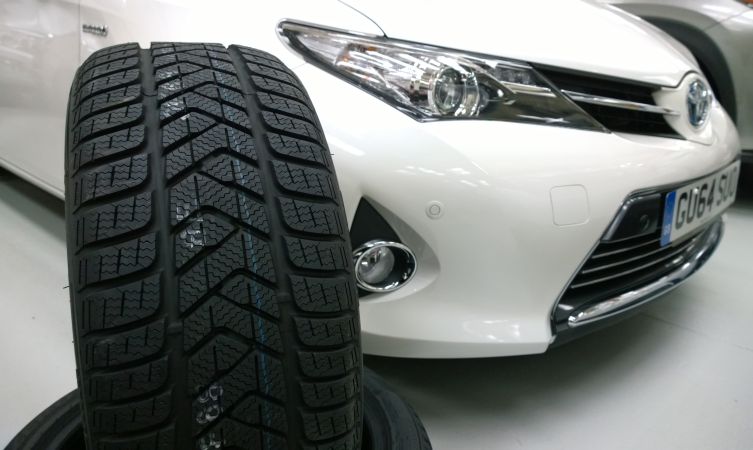
But what if you are planning to stay in the UK this winter. Is it a good idea to fit winter tyres, even if there is no real chance of snow? Are the benefits of fitting winter tyres – that is, a tyre which features the M+S (mud and snow) and cold weather (snowflake inside a mountain) symbols on the side wall – greater than the potential savings of staying on summer tyres?

What’s particularly interesting about winter tyres is that the deep tread pattern is designed to carve through the loose top surface and fill up with snow, because few things are better at gripping snow than snow itself. This deep pattern also makes a winter tyre less susceptible to aquaplaning across areas of standing water. Meanwhile, the small wavy incisions, or sipes, in each tread block act like thousands of tiny teeth that bite into the road surface to provide additional grip.
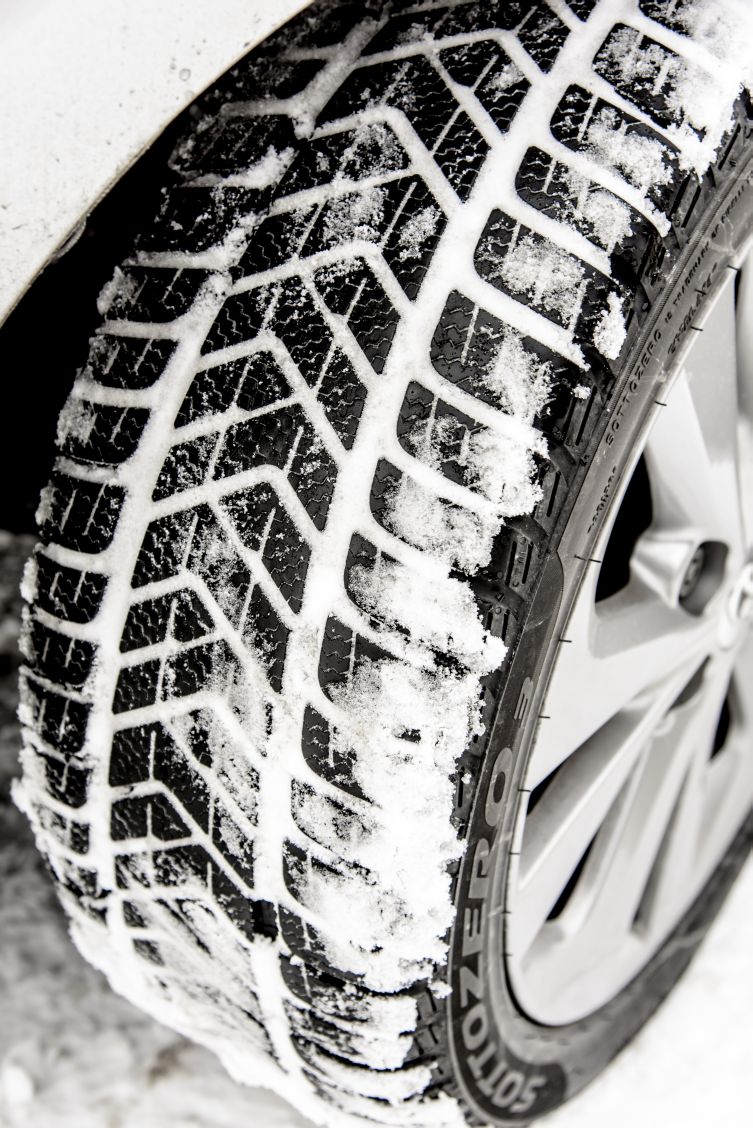
The rubber compound of a winter tyre is also different from that of a summer tyre. It contains a higher percentage of natural rubber, which remains supple and elastic when the temperature is below seven degrees centigrade. This allows the winter tyre to generate greater friction through its ability to flex and match the contours of the road.
Because of this characteristic, a car equipped with winter tyres on a cold, dry day will be able to stop in a shorter distance than the same car on summer tyres. But that differential increases dramatically if the road surface is covered in ice, snow or slush.
Our experience of winter tyres during the Auris to Auris road trip demonstrated very clearly the difference in grip levels between winter and summer tyres on cold Alpine roads.
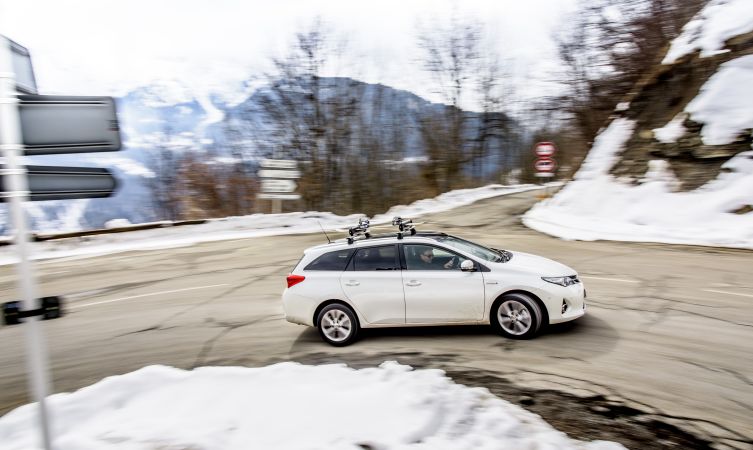
The turn-in behaviour of our Auris remained sharp when navigating hairpin bends at elevations of over 1,800m and felt nothing less than confidence inspiring at all speeds. But the tyres truly came into their own on the side roads and parking zones where the snow clearing machines couldn’t reach.
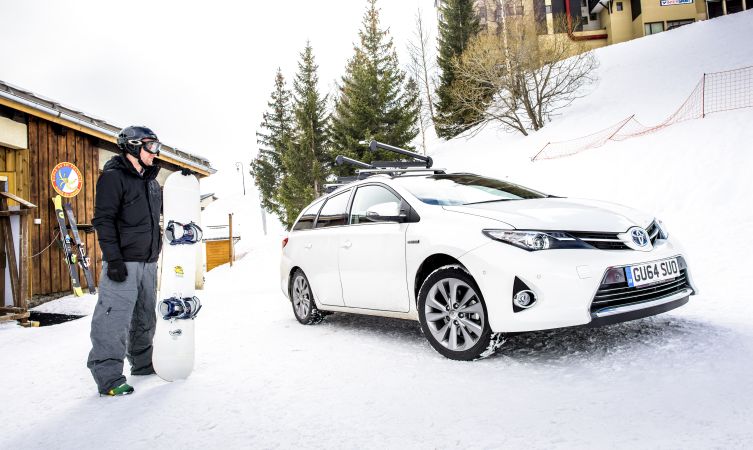
Inadequately equipped cars caught out by sudden snowfall had been seemingly abandoned by their owners or at least only extricated after an incredible amount of shovelling. With winter tyres on, however, we felt almost impervious to the weather and able to safely explore new, less-travelled areas without ever worrying about how we would return.
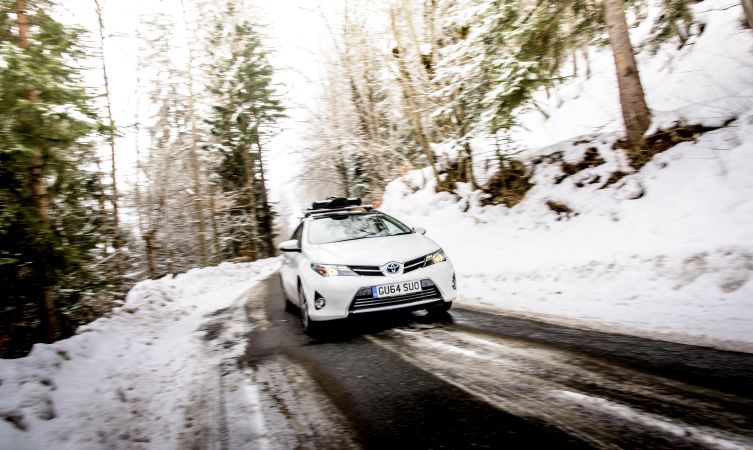
Why not speak to your local Toyota dealer about winter tyres? Buy a set of winter wheels from there and they will look after the unused set at the Toyota tyre hotel.
See also
Auris to Auris: a road trip to the Alps
Toyota Auris accessories for the snow
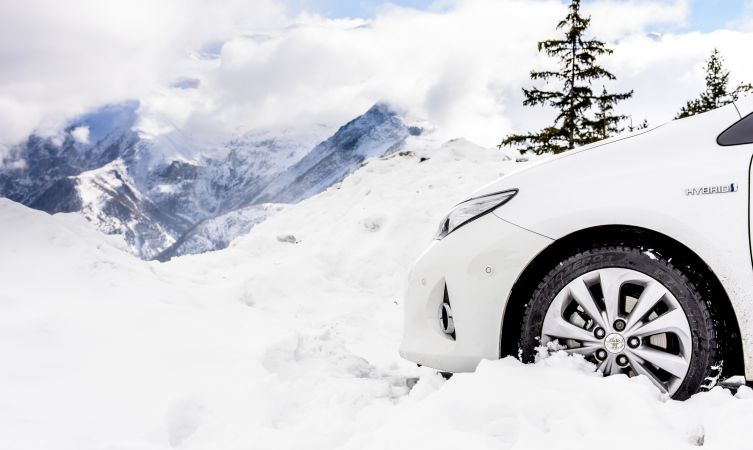

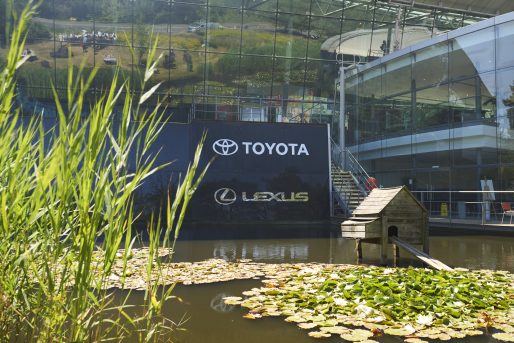
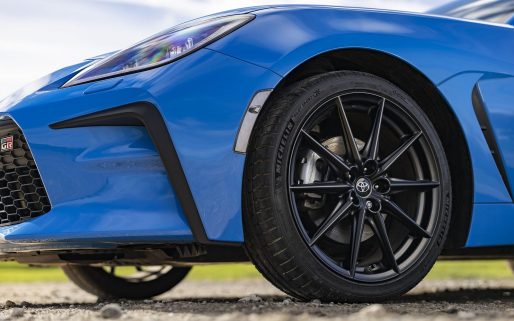

For a balanced view, shouldn’t you also mention that when the ambient temperature goes over 7degrees C, the cold-weather tyre compound also gets softer and can become less effective and wear out more quickly? That is why most of Europe doesn’t use them in the better weather.
Where I live there are not many days when temperatures are low enough, often enough so that cold weather tyres are a benefit – which is why I don’t use them. The article states quite correctly that in cold alpine regions they are not only helpful but often mandatory due to consistent much lower temperatures – but there is no alpine region in Lincolnshire!
My MY2018 RAV4 Hybrid Excel still has the original fit Bridgestone Ecopia HL 422 Plus tyres – these have the letters “MS” on them but not “M&S” and the mountain/snowflake symbol. I have had no response from Bridgestone to my query about the alignment of the MS symbol (?American tyre market symbol) to the European M&S/Mountain/snowflake symbols – are you able to clarify how this Ecopia tyre fitted as OEM compares to an all season tyre I could be buying in this country please?
Hi Zafira,
Thanks for getting in touch. If you could please provide a reg or VIN, we can try to assist you further.
Thanks.
JTMDJREV20D200006 Many thanks
From looking at the H/L 422 PLUS tyre, it appears that it is suitable for wet road conditions, however for adverse conditions such as ice, we would suggest that you need winter tyres. We would recommend for you to contact your local Toyota Centre regarding this as they will be able to assist you further.
Thanks.
Probablybecause m&s is a registered trademark in uk they put ms
In theory the tyre system on my Yaris Cross seems fine; in reality less so. I was concerned that two warning lights were appearing. I ended taking it to my excellent Toyota dealer on the Flyde, who thoroughly checked the system. In the recent cold snap one tyre consistent has its warning light showing, yet at times when the tyre warms it goes off.
A few years ago I had a VW and when a warning light came on you could reset it. It appears you can do that with a Toyota, so really it isn’t all that much of a safety feature if you can over ride. The warning lights came at a bad juncture, as I had only just got over having my Yaris Cross with a battery so flat I could not even get in the car! vSo much for all these bells and whistles. Not being able to access my car was certainly a first for me in over half a century of driving. Maybe if Toyota actually sorted this type of basic problem, I would certainly be a happier customer.